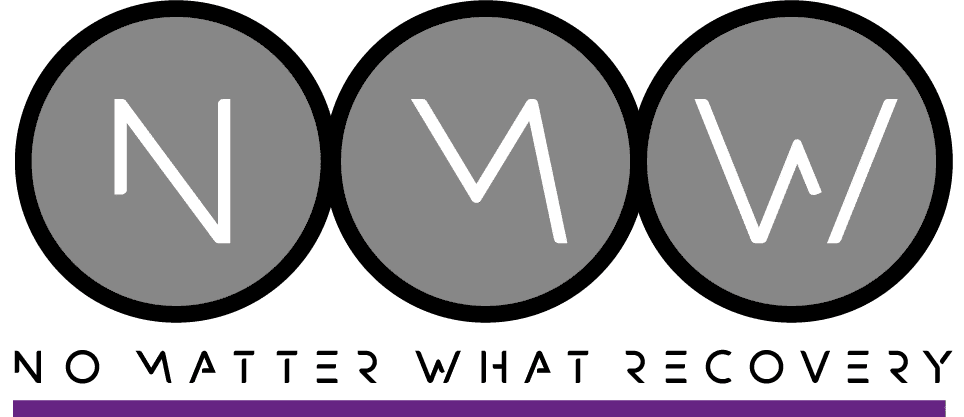When facing opioid addiction, one of the harder parts is stopping your dosage. Certain symptoms begin to surface within the first few hours. It may come off as scary and painful.
Opioid addiction can cause problems if you don’t stop. One of these includes drug overdose, which could lead to death.
You may have loved ones that struggle with opioid addiction. You might also be struggling with it as you go through the withdrawal symptoms. Understanding the opiate withdrawal timeline can set your expectations.
Today, we will look at what occurs during opiate withdrawal. We’ll also look into when these symptoms occur and what to expect. Read on and learn how to manage your withdrawal process better:
Stage 1: Within 8-24 Hours
Withdrawal symptoms for short-acting opioids start during this stage. These include heroin or fentanyl.
Within a few hours after stopping, you would notice the following signs of opiate withdrawal. Among these include headaches and difficulty in sleeping. You also experience changes in mood, such as aggression and anxiety.
You may also encounter other symptoms during this stage. It includes muscle aches from the drug withdrawal.
A loss of appetite can also occur during these early hours. Along with this, your body would also crave the drug.
Stage 2: Within 24-48 Hours
Long-acting opioids tend to bring out these symptoms of opiate withdrawal. An example of these long-acting opioids includes oxycodone.
You’ll experience some recurring symptoms. It includes the ones you experience during the first stage. At this point, it also comes with other symptoms that would make the withdrawal hit harder.
One of these includes excessive sweating. The difficulty in sleeping would progress towards insomnia. You might also end up with a runny nose.
Panic attacks can also occur during this time.
Stage 3: Three Days After Stopping
Within three days after stopping the dose, withdrawal symptoms for short-acting opioids are at their peak. Some of the symptoms encountered from the previous days would also come back with additional effects.
For instance, the symptoms from the first day would still appear. It includes mood changes and muscle pains.
The most concerning among these symptoms is nausea. Experiencing withdrawal also means vomiting. Diarrhea may also occur during this stage.
Stage 4: 4-6 Days After Stopping the Dose
For long-acting opioids, the withdrawal symptoms would also peak at this stage. This occurs on the fourth day after stopping.
The effects from the first three days tend to compound as you encounter them. On top of that, you’ll also encounter cramping alongside the muscle pain. Gastrointestinal discomfort may also surface during this stage.
You might also encounter shivering and fatigue. At this stage, opiate withdrawal is in its full swing. It’s also the toughest point of the withdrawal period that can last for three days.
Stage 5: Seven Days After Stopping
During this stage, the symptoms would begin to subside. Even so, you would still encounter some other symptoms that would still linger on as it continues.
For instance, you would still experience a level of fatigue. Insomnia would also continue as well during this stage. As for mood changes, you would still experience irritability.
Some of these symptoms persist as the days continue. At that point, you would notice the symptoms fade and your body becomes clean.
Stage 6: Long-Term Symptoms
In some cases, the symptoms of opiate withdrawal would last longer than expected. These symptoms would come up at a later point, which would persist for months after the last opiate dose. In this case, you would experience Post-Acute Withdrawal Syndrome (PAWS).
Symptoms of PAWS would manifest in these forms:
- Irritability
- Hostility
- Anxiety
- Depression
In other cases, you’ll experience both fatigue and lethargy. Sleep deprivation and insomnia are also rampant during this period. Lack of focus is also a notable sign of PAWS.
Factors Affecting the Opiate Withdrawal Timeline
The timeline could change depending on various factors. One of them is the number of opiates within your system at the time of the detoxification process. In some cases, the dependence on the substance also comes into play.
Genetics and biology come into play as well. However, one factor you can control is whether you push to take the detox alone (cold turkey) or with medical detox.
How to Cope with Opiate Withdrawal?
Knowing how opiate withdrawal symptoms work makes you ask the question: “How do you cope with these symptoms?” You can approach opiate withdrawal with these actions.
Seek Professional Help
In this case, ask for assistance from drug rehab centers to help with your journey to break free from drug addiction. You have a team of professionals helping you with the process, keeping your progress while keeping you safe.
Seek Emotional Support
Your family and loved ones can help with the journey. Let them know you’re going through a drug withdrawal phase. Let them know that you’ll face a tough time and you need their emotional support.
Other Aspects of Preparation
You also need to prepare yourself in various ways since the symptoms can hit hard. For instance, make sure to have a stock of fluids nearby to help you hydrate.
Keep yourself occupied with other activities. It will draw your attention away from the cravings and the other symptoms. Some of the side effects might need some help with over-the-counter drugs.
Even so, you must stay accountable. Make sure someone watches over you since the withdrawal process can cause you to relapse.
Understand the Opiate Withdrawal Timeline
By knowing how the opiate withdrawal timeline works, you can prepare for the symptoms. It can be a hard hurdle to get over. Even so, you can overcome it with enough preparation and support from those you love.
We can also help you with that journey to live clean and drug-free. Contact us today and we’ll help you get started.







